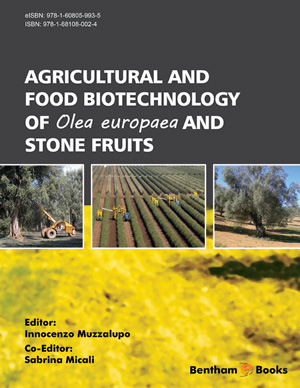Abstract
Genetically modified (GM) foods have generated intensely negative consumer attitudes in the European Union (EU); so the concerns about food safety and environmental conservation have increased. Based on a survey of 448 people, an empirical application in the southern Spain is presented. Firstly, some questions regarding food safety and quality are raised in order to know consumer’s concerns about these issues. Secondly, the Conjoint Analysis (CA) method is applied to estimate consumer’s preferences structure in relation to a hypothetical genetically modified (GM) cornflakes cereal, as an alternative of real product. Later, to analyze the sensitivity of the attributes considered in the experimental design, which characterized the GM cornflakes cereal, market shares have been simulated. Finally, market segments based on consumer’s preferences for the GM cereal are identified by means of Cluster analysis. The main results indicate that consumers prefer the conventional ones, despite the advantages offered in the research by GM cornflakes. Notwithstanding, consumers reject the 2nd generation of GM foods less than the 1st generation ones. In this regard, the GM cornflakes enriched with Omega-3 would get a relevant market share in the future. Additionally, findings show that five market segments have been determined. Two segments called “Anti-GM” and “Extremely Anti-GM” show the highest resistant to purchase products derived from genetic engineering. On the contrary two segments are related to the GM food accepters (“Pro-GM”; “Pro-2nd GM”) and the last one focuses on the price (“Price sensible and indifferent quality”).
Keywords: Genetically modified foods, consumer preferences, conjoint analysis, market segmentation.














